Editors’ Picks




Found in Robotics News & Content, with a score of 4.86
…is to invest in technological solutions - upgrading the infrastructure that your business relies on every day. Some of the improvements that can be made to warehouse and logistics infrastructure are more familiar, while others are more on the cutting edge. From smarter shelving to roving robots to simply investing in your staff, here are five innovative ideas to make your warehouse space more efficient. Telescopic handlers While the traditional forklift has gone through a number of design tweaks over the years, the basic design is very familiar. The telescopic handler represents something of a design revolution. The use of…
Found in Robotics News & Content, with a score of 5.13
…office productivity and enterprise sectors. Virtualization, or virtual desktop infrastructure (VDI), describes the use of remote computing resources, such as virtual workstations and virtual servers in the cloud. The key to virtualization is the software that enables the user to interact with the virtual product as though it were a real physical piece of hardware. The widespread availability of high bandwidth connections and the upcoming 5G wireless networks both work in favor of this trend. “We are seeing a trend toward virtualization technology, and this is a key enabler for running our software in the cloud,” notes Prakash Kota, CIO,…
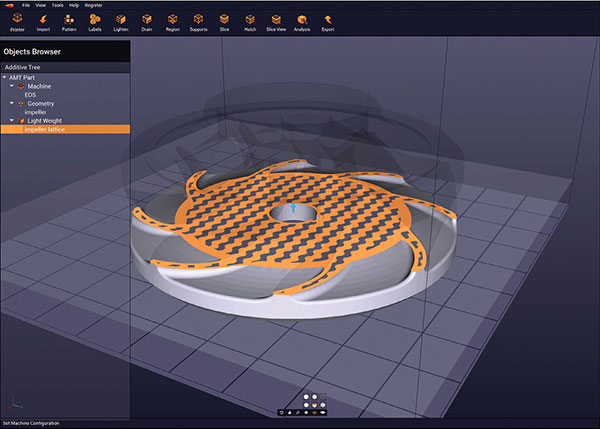
Found in Robotics News & Content, with a score of 13.25
…HFSS and Mechanical simulation tools on Rescale’s cloud-based HPC infrastructure. Rather than tying up local computers for hours, the company can run advanced simulations in just a few minutes. To take advantage of the possibilities of design for additive manufacturing, companies increasingly need to leverage faster, graphics processing unit-based resources on their workstations and cloud-based HPC for simulation. “We are at a unique point in time where the manufacturing hardware has outpaced the software,” says Harshil Goel, founder and CEO of Dyndrite, which has developed a solution to streamline CAD-to-print processes. Computing Options Evolve Although concerns about IP and security…

Found in Robotics News & Content, with a score of 5.34
…from enormous amounts of data. The demand requires IT infrastructure migration to faster I/O throughput, shorter data process period, and higher storage capacity,” says Danny Hsu, vice president of MiTAC Computing Technology Corporation's TYAN Business Unit. “Thanks to Intel’s improvements in CPU clocks, cores and cache, the 2nd-generation Intel Xeon Scalable processors let our customers enjoy performance jumps while running cloud computing, HPC and storage applications.” Powered by the extended product line of 2nd-gen Intel Xeon Scalable processors, TYAN’s Thunder HX product line takes advantage of built-in Intel Deep Learning Boost to deliver high-performance inference and vision for AI workloads.…
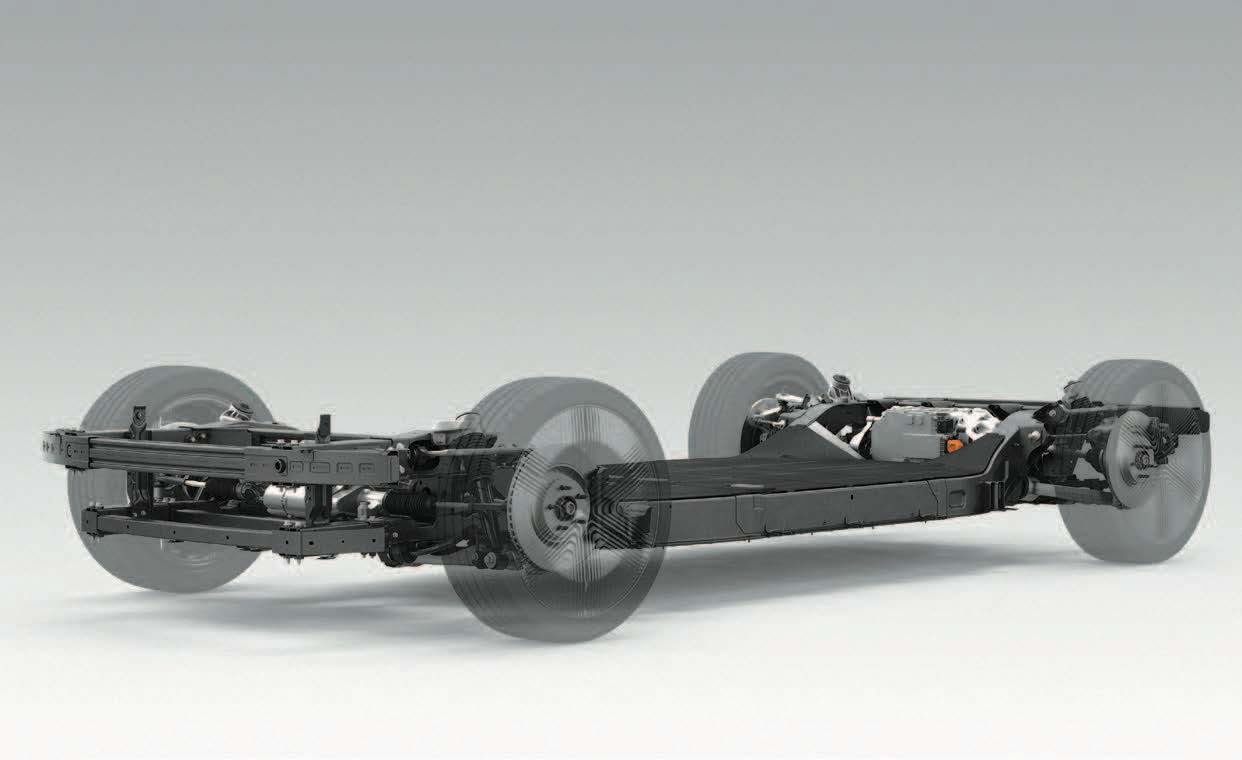
Found in Robotics News & Content, with a score of 3.80
…to meet their item requirements and the 3D printing infrastructure needed to produce custom items at the desired production scale,” Sappin says. Canoo’s modular “skateboard” is a universal underbody upon which many different vehicle “cabins” can sit. Image Courtesy of Dassault Systèmes The 3DEXPERIENCE platform also delivers capabilities that foster personalization in product design, he adds. The platform’s extensive simulation capabilities, including the ability to explore electromagnetic interference created by web-enabled sensors, is critical for design exploration before a physical prototype is built. The platform’s data management and analysis capabilities allow product teams to uncover insights from a vast repository…
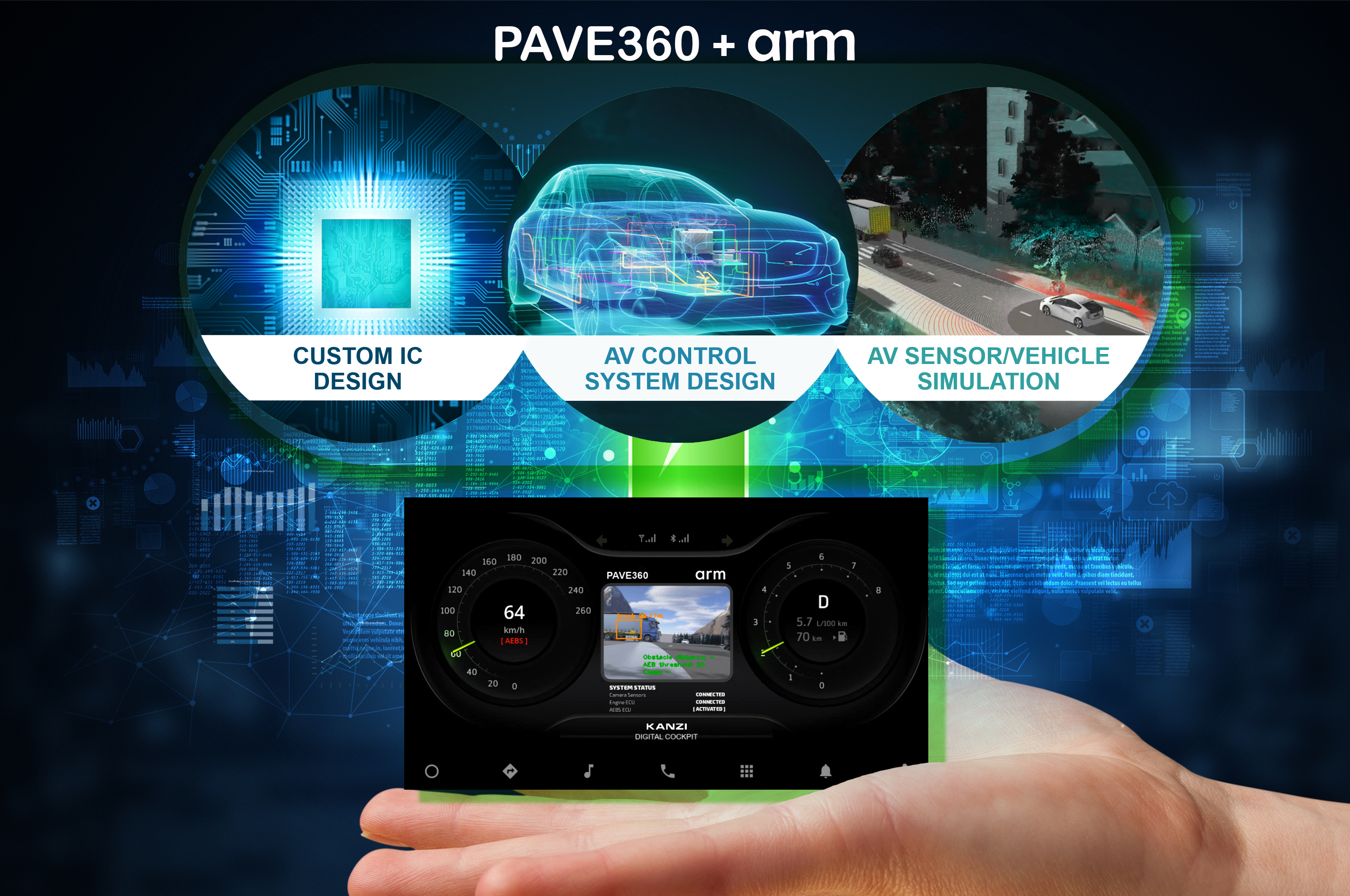
Found in Robotics News & Content, with a score of 5.24
…realize active-safety, advanced driver assistance, in-vehicle infotainment, digital cockpits, vehicle-to-vehicle/vehicle-to-infrastructure and self-driving vehicles. Key advances in computing and sensor technology are enabling companies to redefine mobility beginning with the integrated circuits and software within automotive electronics systems. The combination of Siemens’ and Arm’s technologies can help automakers and suppliers deliver electronic design and automotive solutions. Siemens’ PAVE360 digital twin environment, featuring Arm IP, applies high-fidelity modeling techniques from sensors and ICs to vehicle dynamics and the environment within which a vehicle operates. Using Arm IP, including Arm Automotive Enhanced (AE) products with functional safety support, digital twin models can run…
Found in Robotics News & Content, with a score of 4.20
…modules to aid the integration of VTD into customers virtual test environments and simplified deployment to cloud or on-premise infrastructure. Sources: Press materials received from the company and additional information gleaned from the company’s website.

Found in Robotics News & Content, with a score of 5.13
…On an inside the Beltway level, the state of infrastructure remains muddled, in flux, or whatever you want to call it, but it is clear that with 2020 being an election year, the game of political football remains on the clock, with many stakeholders expecting another punt on a long-term bill until 2021. This is only a sample of where things stand and have been last year and beyond and into this year, but one thing is clear: 2020 looks to be as interesting of a year in the freight transportation and logistics sectors as there has been in some…
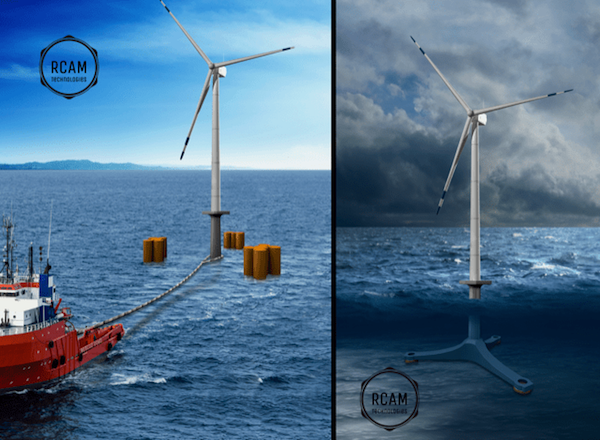
Found in Robotics News & Content, with a score of 6.03
…will use the equipment to develop and test 3D concrete printing for a variety of renewable energy and civil infrastructure applications. “3D technology is in the process of disrupting how we make everything, including commercial construction. Accucode 3D and The 3D Printing Store are proud to partner with RCAM to lead the way,” says Accucode CEO, Kevin Price. Sources: Press materials received from the company and additional information gleaned from the company’s website.
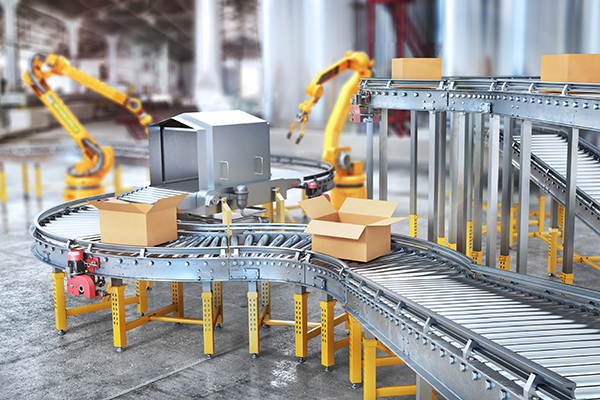
Found in Robotics News & Content, with a score of 8.09
…can be contested, but AMRs do not require external infrastructure to localize themselves and are built with sensors and cameras to self-navigate their environments. Currently, AGVs represent the majority of mobile robot shipments, but by 2030, this will change. While there will be 2.5 million AGVs shipped in 2030, the total shipments of AMRs will reach 2.9 million in the same year. This is due to the declining costs of superior navigation and the desire to build flexibility into robotic fleets. “Many new verticals, like hospitality, delivery, and infrastructure, will demand systems that do not require external physical infrastructure to…
Found in Robotics News & Content, with a score of 4.04
…points that need to be interconnected. However, the existing infrastructure can’t support it, which is creating an opportunity for connectivity experts and providers to step in.” Currently, there are 260 million digital factory connections, with 230 million of those connections made via a fixed line. But, by 2023, a vast number of the 5.5 billion digital factory connections will be wireless. “This is driven by the rise in newly connected endpoints, including sensors, mobile robots (AGVs, AMRs), advanced asset tracking (RTLS), condition-based monitoring, and predictive maintenance applications, etc.,” says Martin. The leading industries driving these revenues overall include automotive, heavy…
Found in Robotics News & Content, with a score of 2.80
…supply chain tech, thanks mainly to availability and reduced infrastructure demands. Cloud services also give companies a lot of processing power on-the-go. The next step in this evolution is likely to be the adoption of robotics and automation tools, as well as predictive analytics. Robotic process automation (RPA) is a prime target for an initial investment. This is where you show a bot how to complete a task, and then it follows the exact same steps each subsequent time it is needed. You can turn a manual, intense, time-consuming task into something that happens at lightning speed. Plus, there is…



